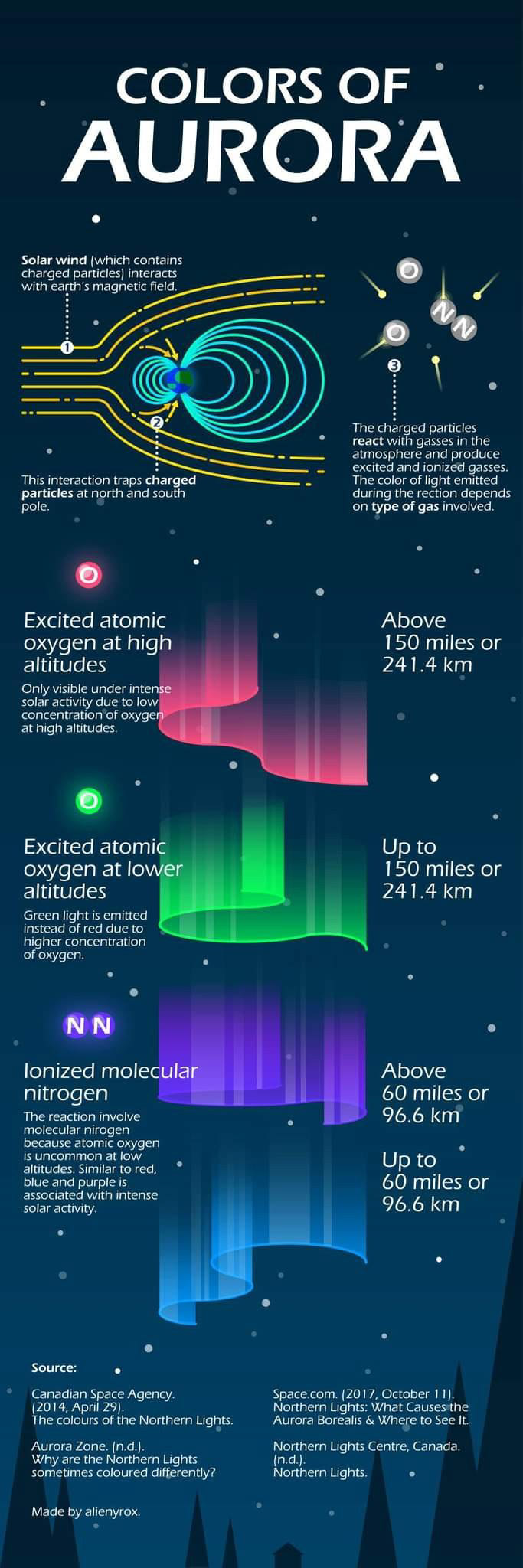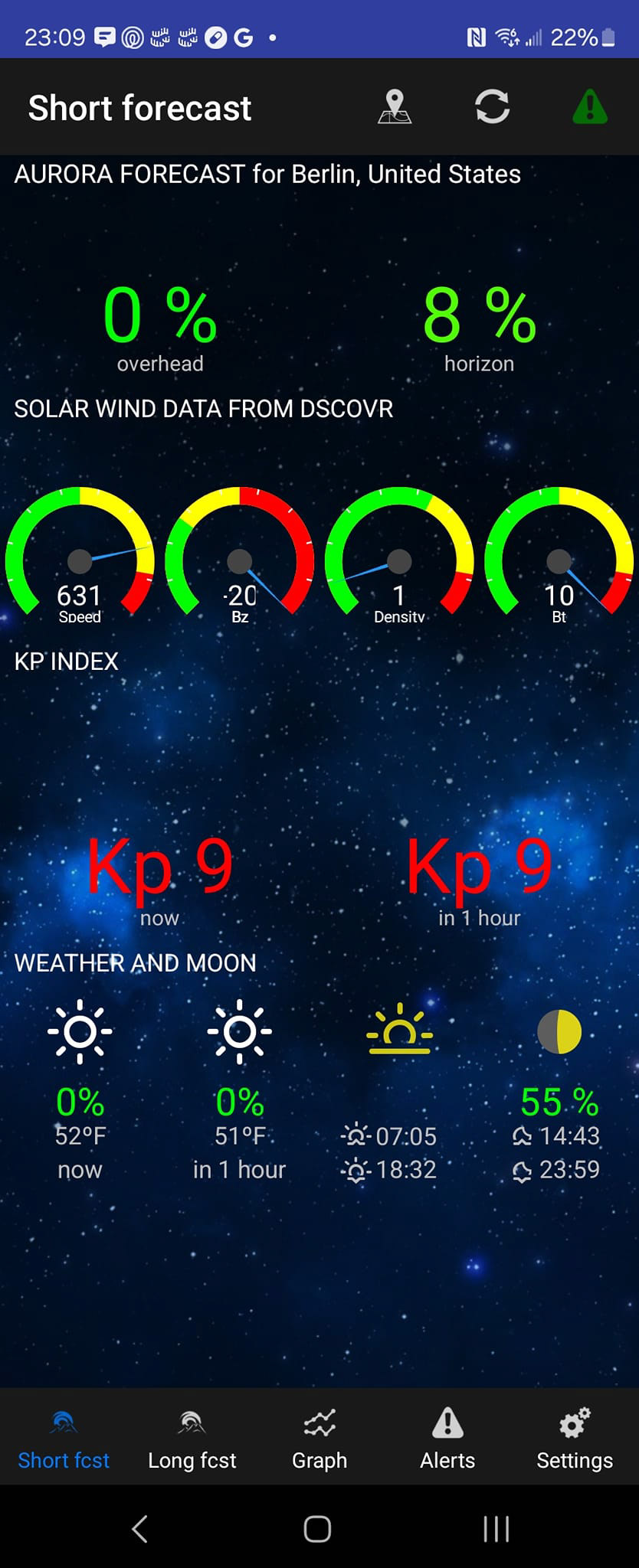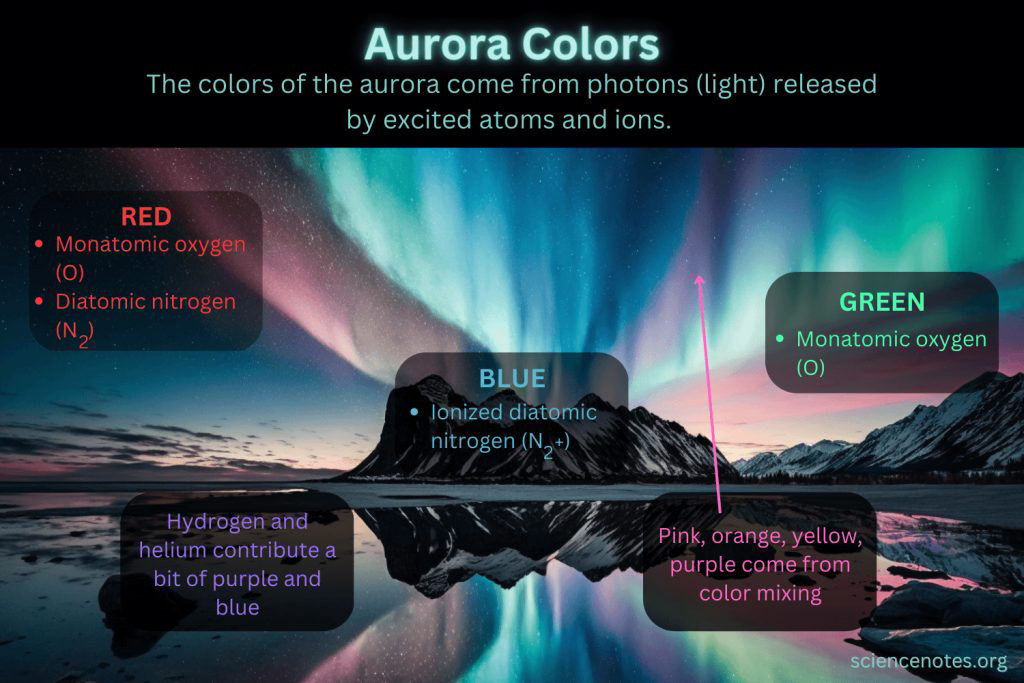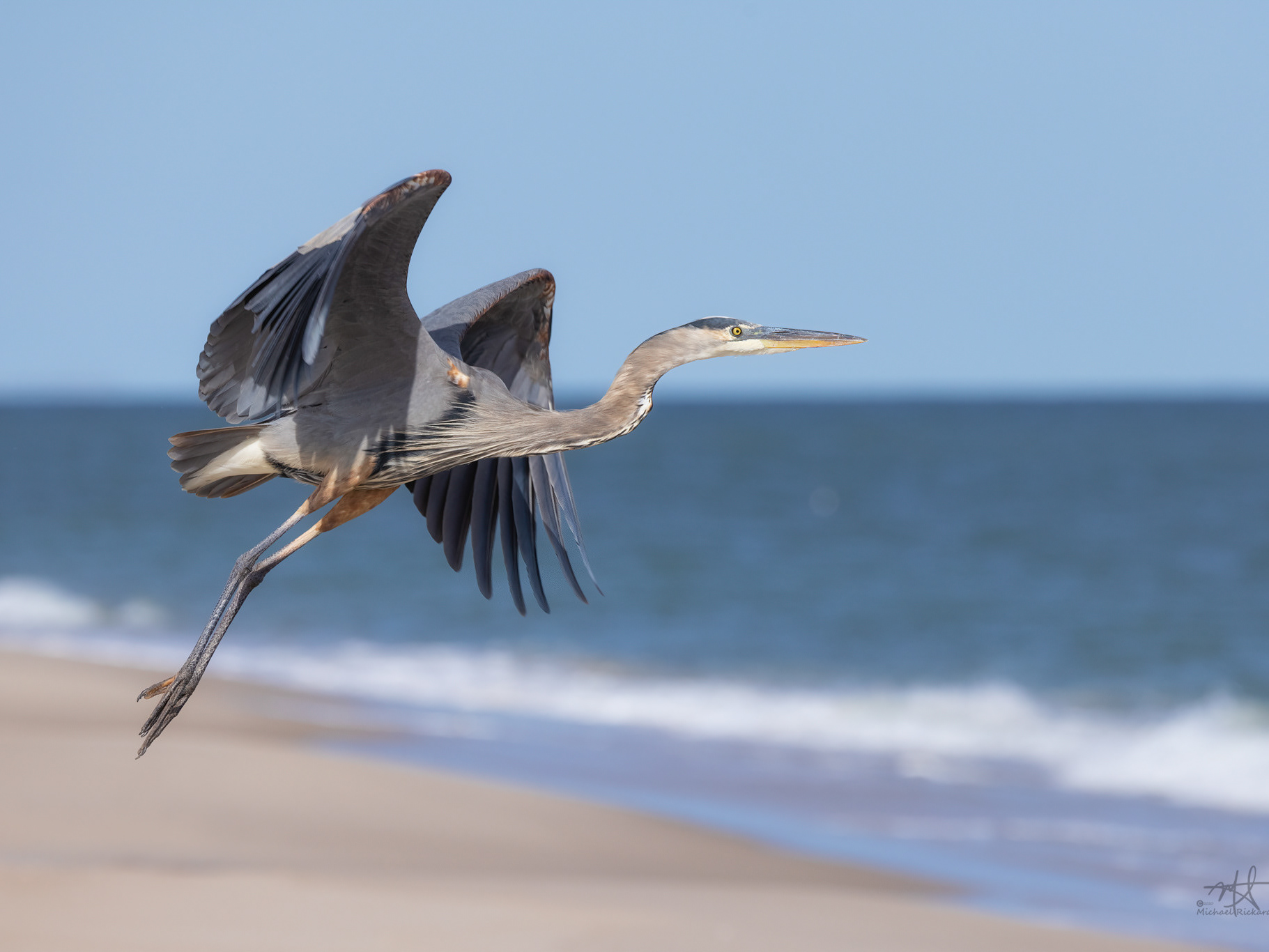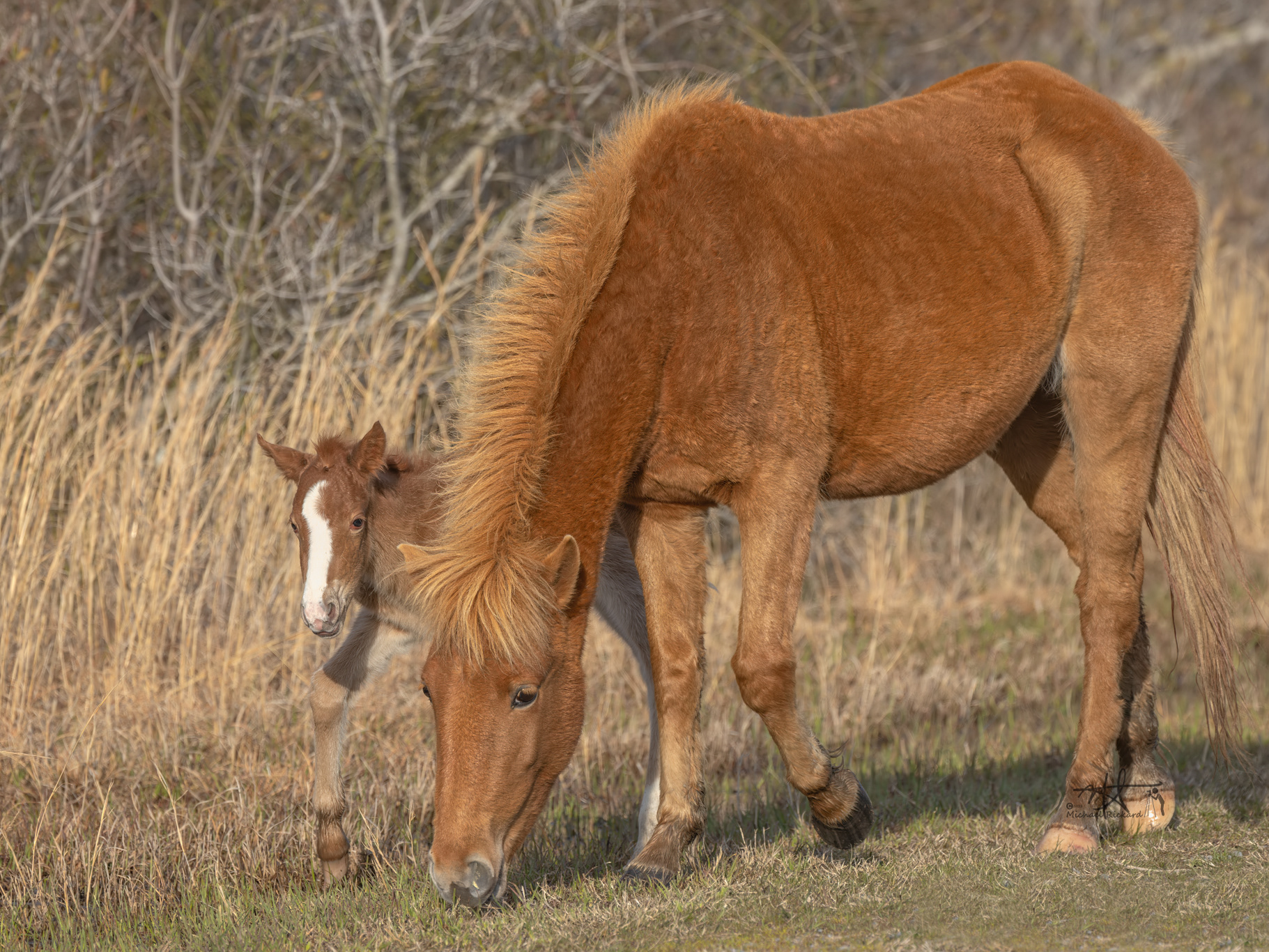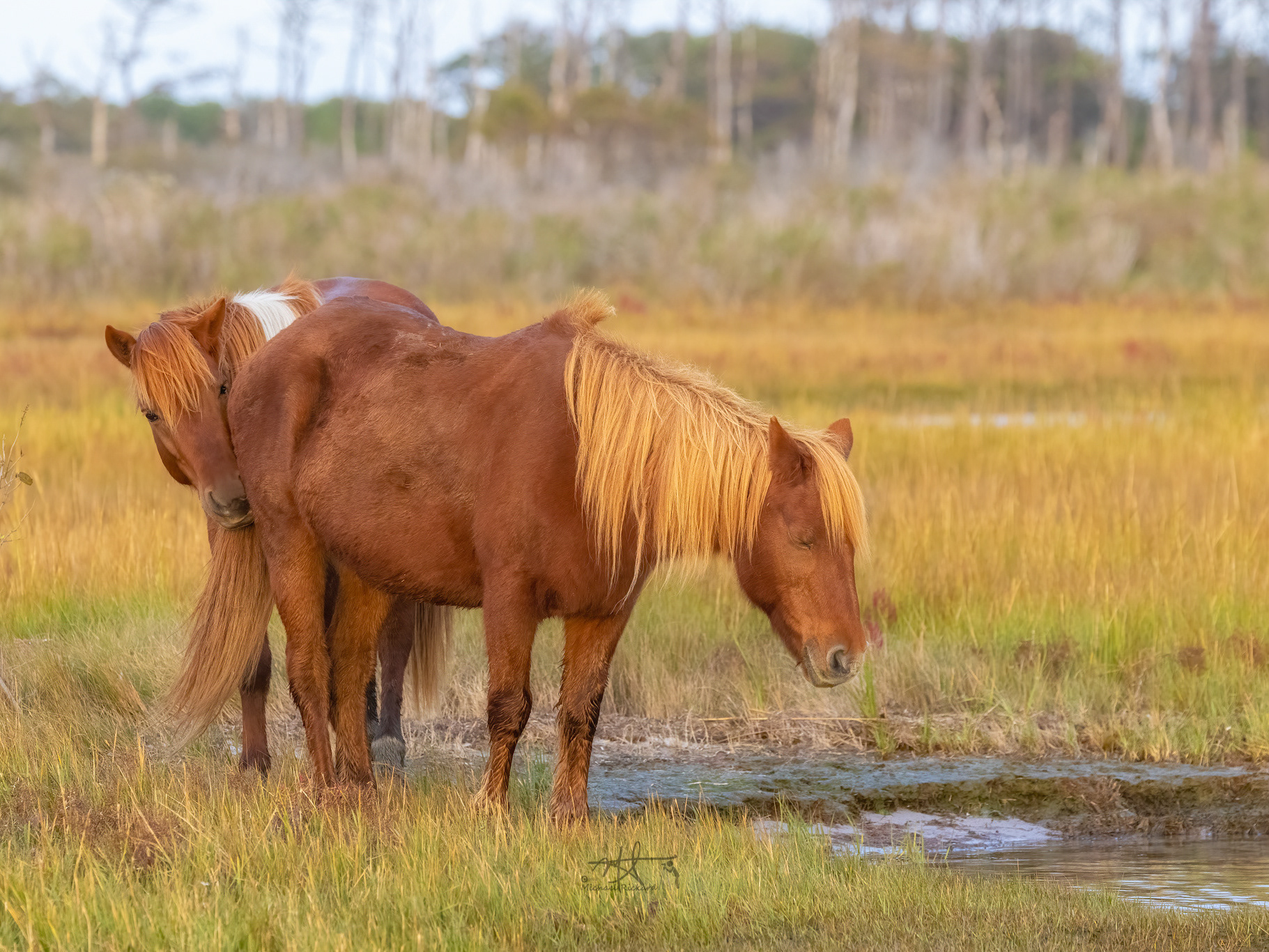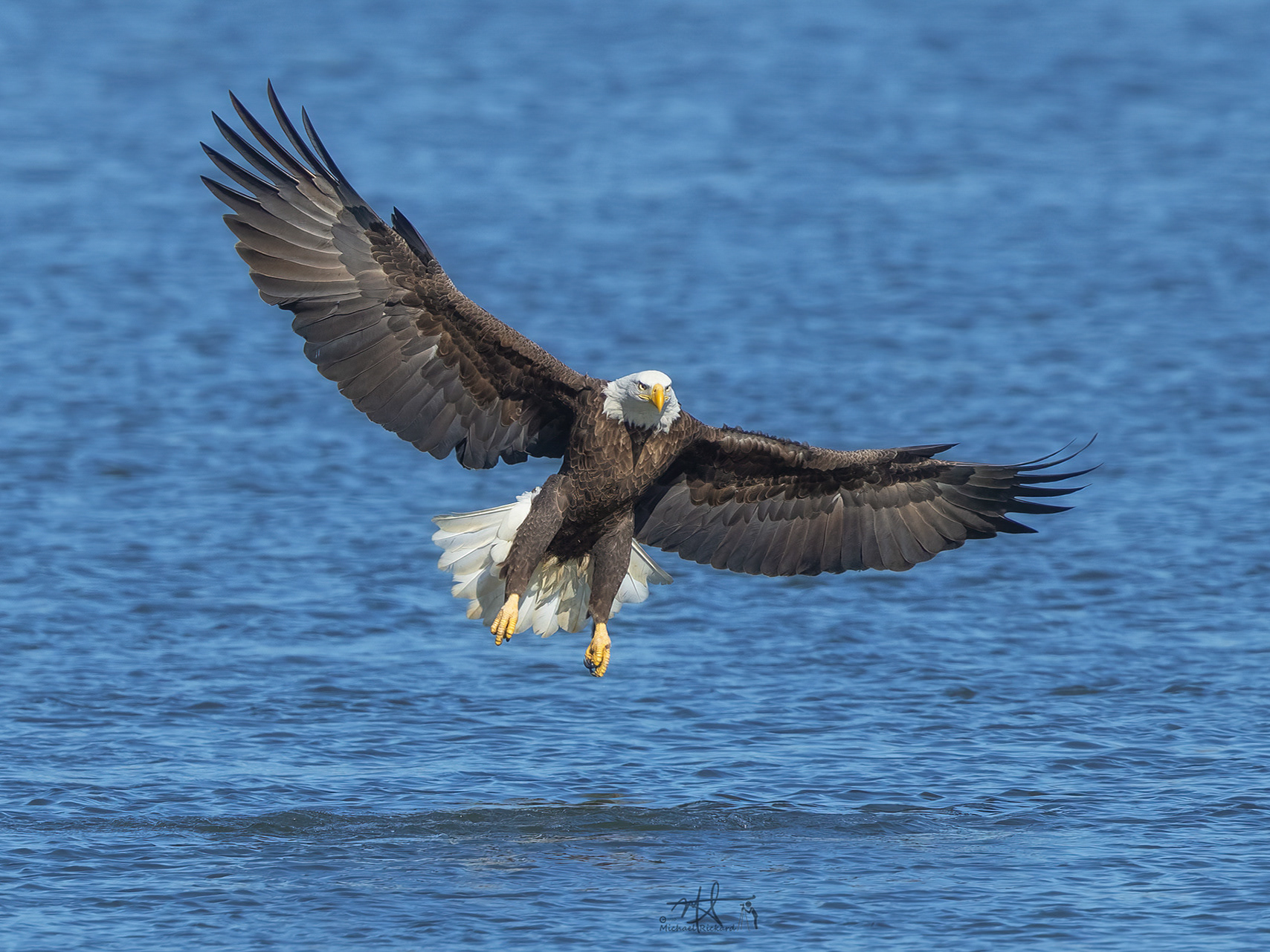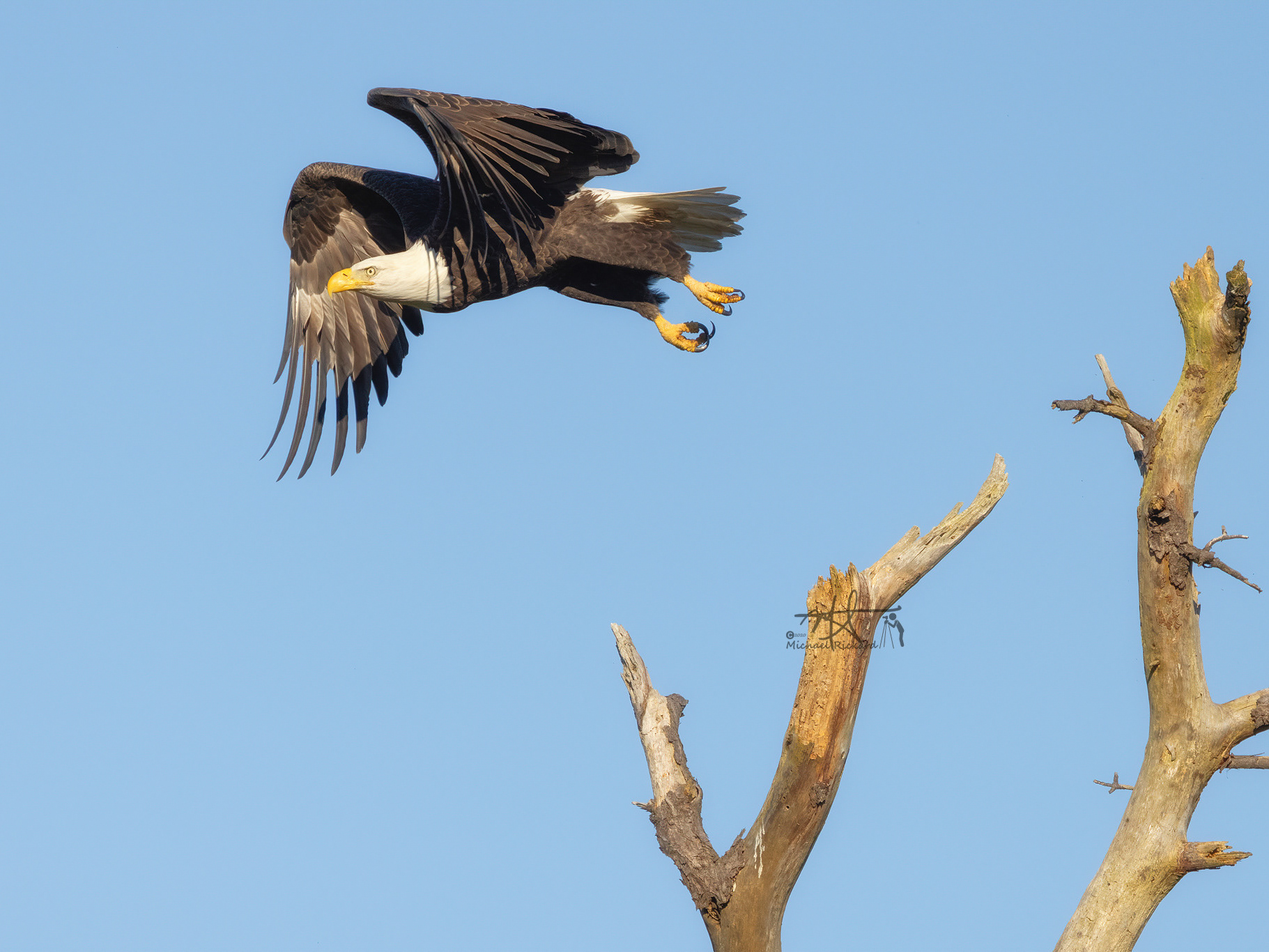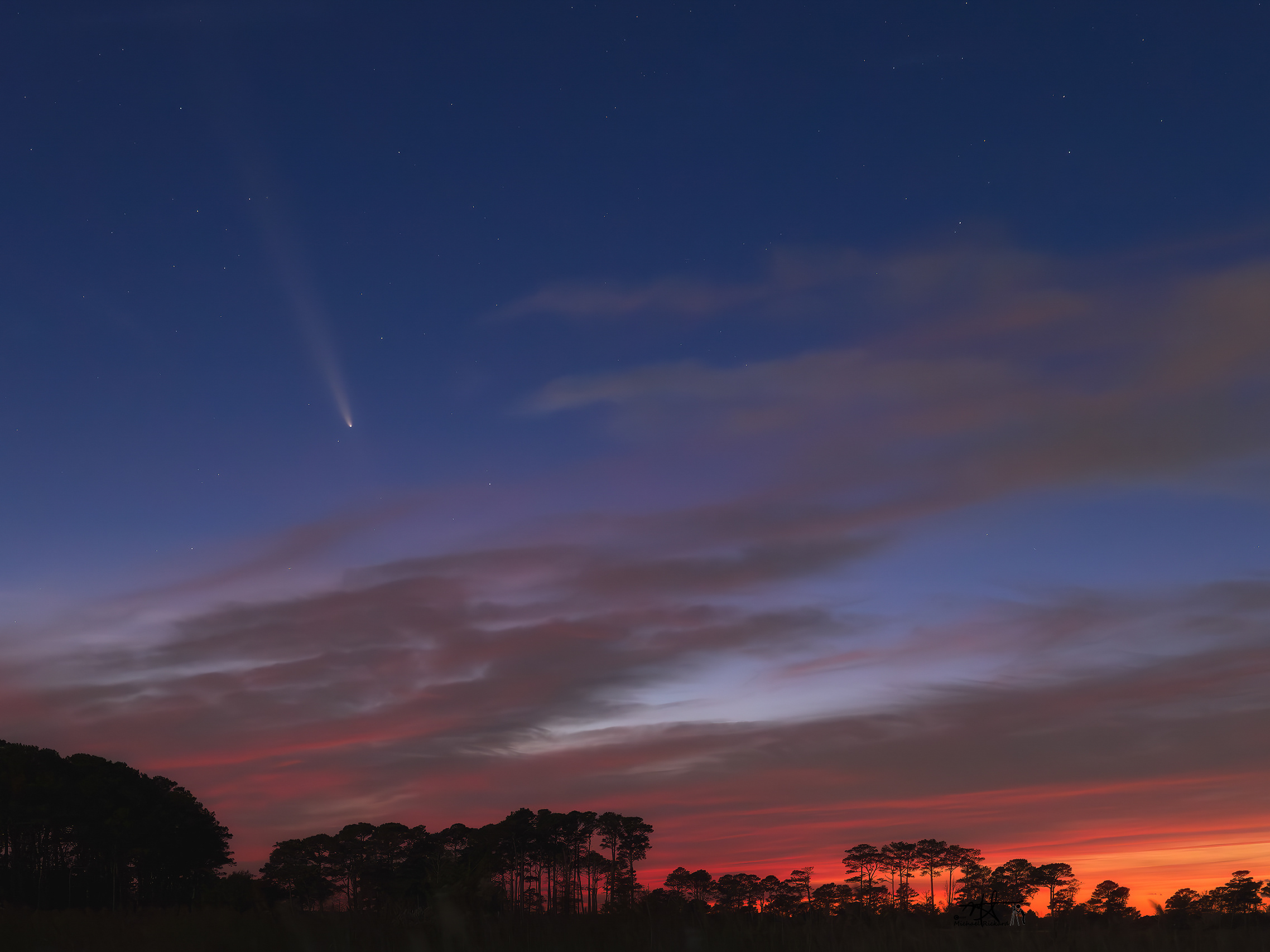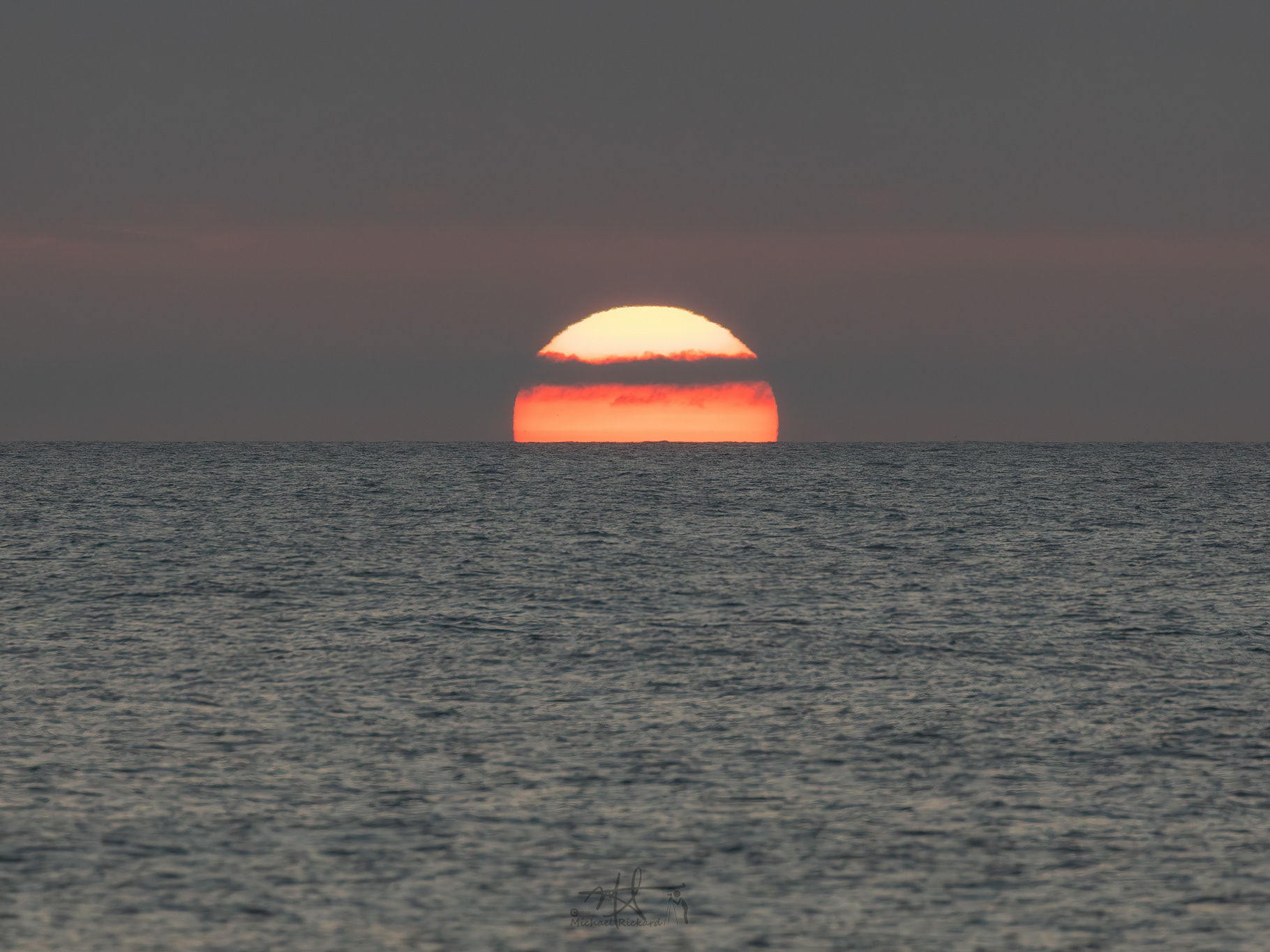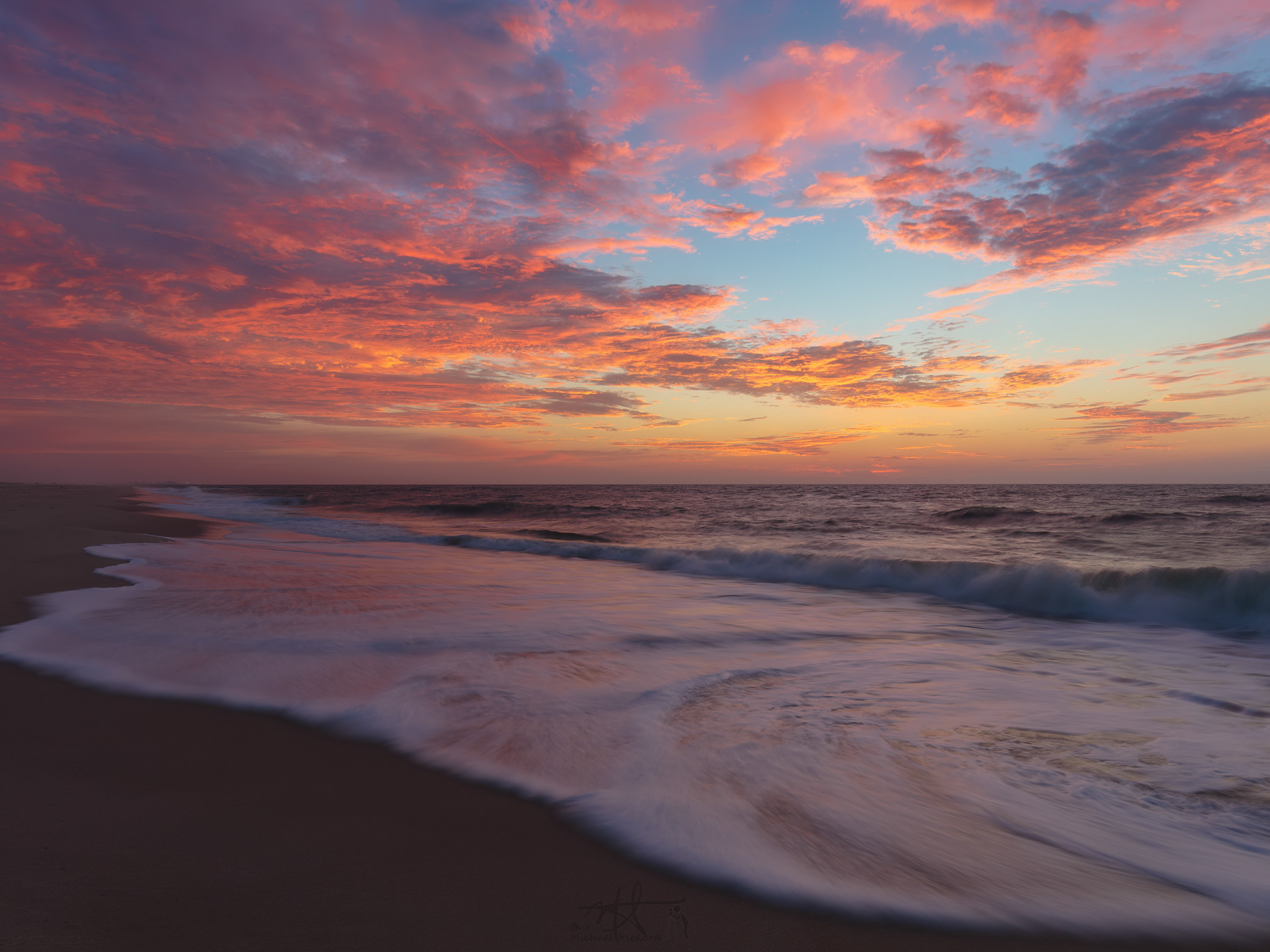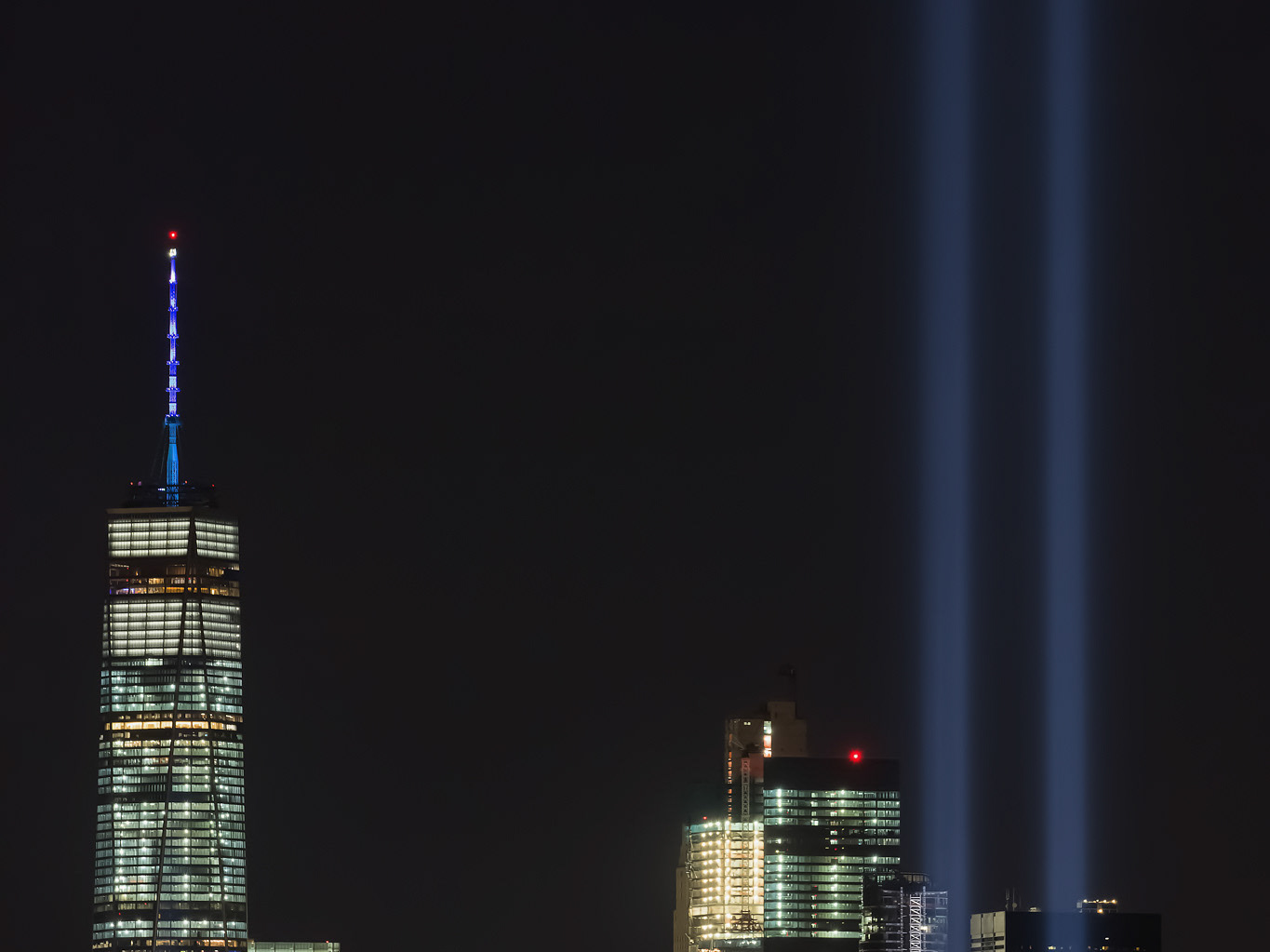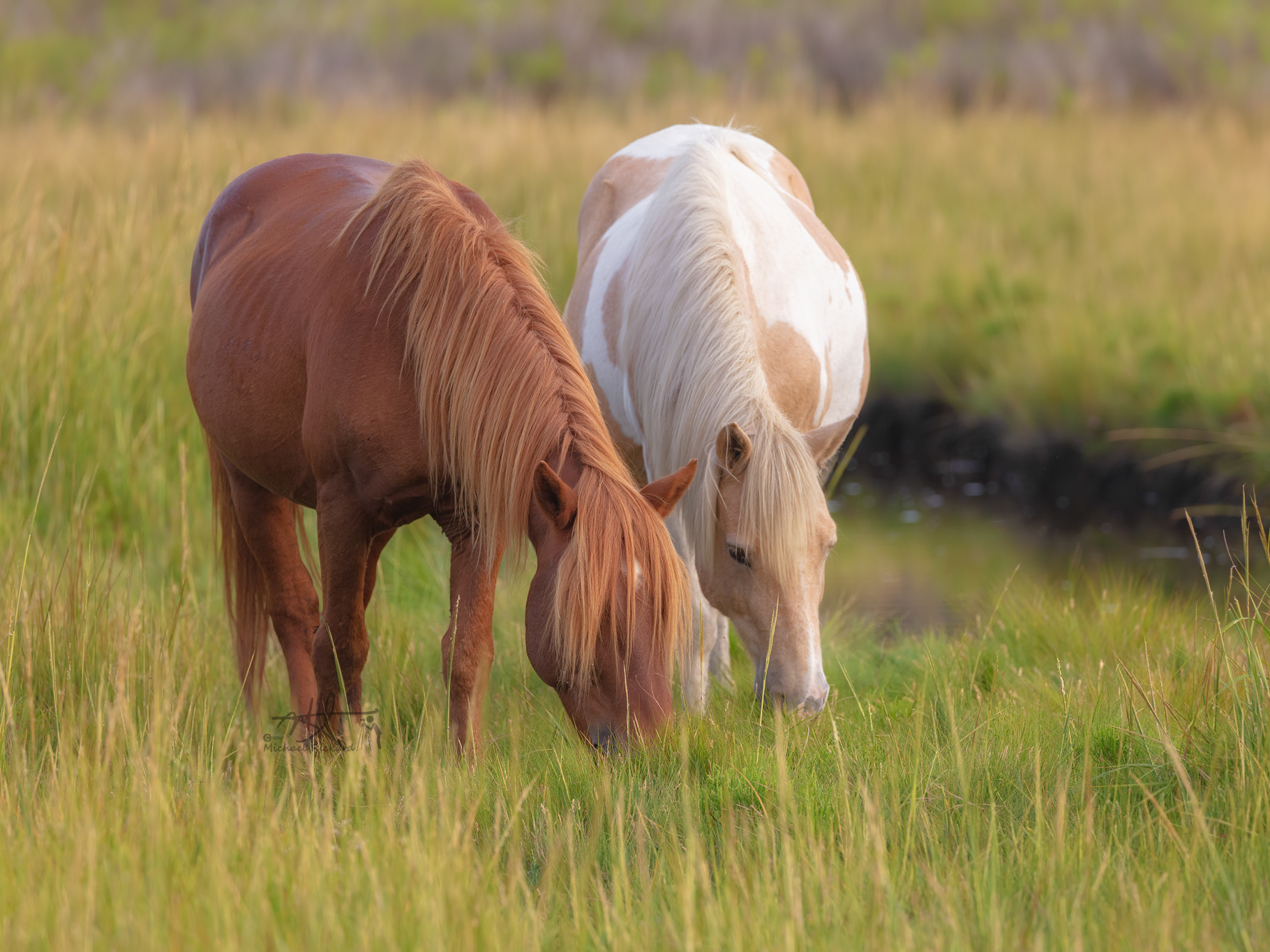I’m not really even sure how to start this one off. I guess about a year or so ago I started to find out folks have seen northern lights at Assateague State Park… I saw some posts from those camping and was quite amazed. I really had no idea. Then, this past May, folks got even more vibrant images while camping. It was then I realized I have to start taking this a bit more seriously.
Honestly, I had no idea of what to do or look for. So, I joined a few groups on Facebook and started learning. I downloaded some apps they recommended, learned the only real way to know when to expect them is from live data, and then dove into the photography aspect of it.
I learned that seeing them with your naked eye is one thing, but cameras are capable of seeing them much better than with your naked eyes alone. I wasn't quite sure what that meant yet, but okay. I was also comfortable with trying to capture them with my camera; for some reason camera settings just kinda click (pun intended) in my head, and I've always been pretty good on the fly. My biggest challenge has always been composition more than anything which is something I continuously work on.
So, I’m on one of the Facebook pages the night before last or even early yesterday morning when I read posts about this huge massive space storm coming towards earth and folks as far away as Georgia and South Carolina may be able to see the aurora left in its wake. I read comments that it might be the biggest northern lights event for the USA in decades. My mouth dropped… How in the world was I supposed to get through the day now? I was so excited. I literally couldn't concentrate on anything else. I haven't been this excited about taking images in a long time!
As the day progressed I mostly watched my apps and read comments on what folks from across the world were experiencing. One fella posted that the skies in AUSTRALIA were amazing - This was at like 2 in the afternoon here on the USA’s east coast when it was still dark there. But, Australia?! Wow! Then I learned that the southern hemisphere does indeed experience auroras and they are called aurora australis instead of aurora borealis.
Folks kept commenting on the numbers their apps were showing. They kept commenting on the Bz number as well as the Kp number. So, I decided to sit down and learn more jargon. I think most of us know the northern lights come from solar flare activity or large coronal mass ejections that get carried from the sun to earth through space on solar winds that form the interplanetary magnetic field (IMF). A value referred to as Bt is a measurement of the strength of the IMF. A higher Bt will indicate a stronger IMF, which, in turn, can increase the Kp value which indicates how well we may be able to see the northern lights. The higher the Kp index, the farther the auroras will travel from the poles. To get to our area here on the shore, I was told it should be almost maxed out between Kp7-9. Another number I was watching was the Bz value which indicates the north-south direction of the IMF. When the Bz flows south, it can open a rift and let the solar wind pour into the earth’s magnetosphere ushering in the northern lights for us to view. I was told the Bz value should be negative which indicates a south flow.
All of these indexes, the solar wind speed, Bt, Bz and Kp were all being used on the apps I had. In the early afternoon they had Berlin at a Kp index of 8, and a Bz value of -20 (which was maxed out on my app). Comments were for those of us in the USA to hold tight because it takes a few hours for the auroras to build, and it should be hitting us right at the time it gets dark.
How was I supposed to concentrate on anything else now? All I knew I was like a kid in a candy store giddy with excitement. I could not wait until it was dark.
I got home and got my camera gear ready before I headed out. And nope, I did not go to the beach. I went to a quiet backroad in Berlin. I like an abandoned house that is there and wanted to use it in my foreground. My wife ended up going to the beach, and she actually met and talked to WBOC Weatherman Dan Satterfield.
I parked and set up. I had no idea what to expect. I thought they would be more on the horizon so I set up that way. I took a couple of test shots, used my fist to calculate how 'high in the sky' I could see using the lens I had on, and thought I would be okay. And I waited... I had about 30 minutes to go now…
As it was getting darker and darker with each second and minute after the sun had set I anxiously looked north, waiting and anticipating. It seemed like forever, and I saw nothing. Nothing at all.
So I sat in my vehicle and was looking on the apps, and then looked up again. It was like magic. All of a sudden the sky just lit up a deep, deep pink and red. It took a second to set in, honestly. I wasn’t used to the northern lights. Was this it? Or was it some other brightly colored pink glow dancing in the sky? Of course, I say that with jest.
And then I realized how fast I had to work, and I had no idea how ‘high’ they would be. They were way high in the sky, maybe 60-75 degrees above the horizon initially, or higher. So, my initial shots of the abandoned house didn’t work, and I needed to zoom way out and shoot up!
I also learned how quickly the northern lights dance… they ebb and flow, brighten and dim. It was quite amazing. And so beautiful. But, every shot was different because the lights were moving and flowing.
I ended up getting a few compromised shots of the house, road and railroad tracks in the area before the storm calmed and dimmed before deciding to go home. I illuminated the house by repositioning my vehicle and turning on the headlights, then walking down the road so the light struck at an angle through the image. Initially I wanted to zoom in on the house, but the light show was way too high in the sky for me to do that.
The initial show lasted until about 9 or so, and it dimmed by turning green and purple as it dissipated in the sky. I decided it would be a good time to go home, and then maybe go out onto the golf course behind our house, but I had no idea what was waiting for me.
I was already happy with what I had photographed, but my wife and I walked out onto the golf course to check things out. Almost as soon as we got there another round of vibrant lights hit us around 10pm. It was magnificent. It was breathtaking. The colors, although still better seen on the camera, were so vibrant with red and greens and spikes and spires extending into the sky - even with our naked eyes. It was just gorgeous. I checked the apps and we were maxed out at Kp9 and the Bz was still at -20!!
We stayed out until 11 or so, and came back in to get warm before I headed back out around 1130. I stayed until midnight before coming back into the house for the final time.
I was thrilled. It was so exciting!! And, I learned quite a bit about how they appear in the sky. How you can see them with your naked eye, but the camera does pick them up a lot better - I now knew what that meant. Even looking through the viewfinder of my camera (I now use a camera with an EVF instead of an optical viewfinder) before taking the image was better than your naked eye. How a 1-5 second shutter speed with a higher ISO and wider aperture leads to more ‘frozen’ movement of the northern lights as compared to a lower ISO that I was using and roughly 10-15 second shots I was making. They moved quite a bit and were fast, so a longer shutter speed 'blurred' the movement more, but a faster shutter speed would have frozen the spikes more. But, the overall experience was a 10++ and I am thrilled with the images for my first time of ever seeing the aurora borealis.
The way I understand things is we are at the end of an 11 year solar cycle, and, as such, we may be seeing solar activity at a higher level. That means there very possibly could be more of this coming our way... Let's hope so!
I hope you enjoy the images. And, I hope you got a bunch of your own! I know my family back home in North Central PA was excited!
See you next time,
Mike
